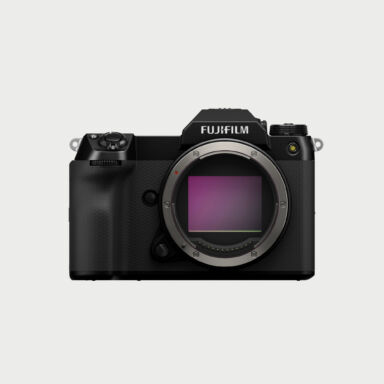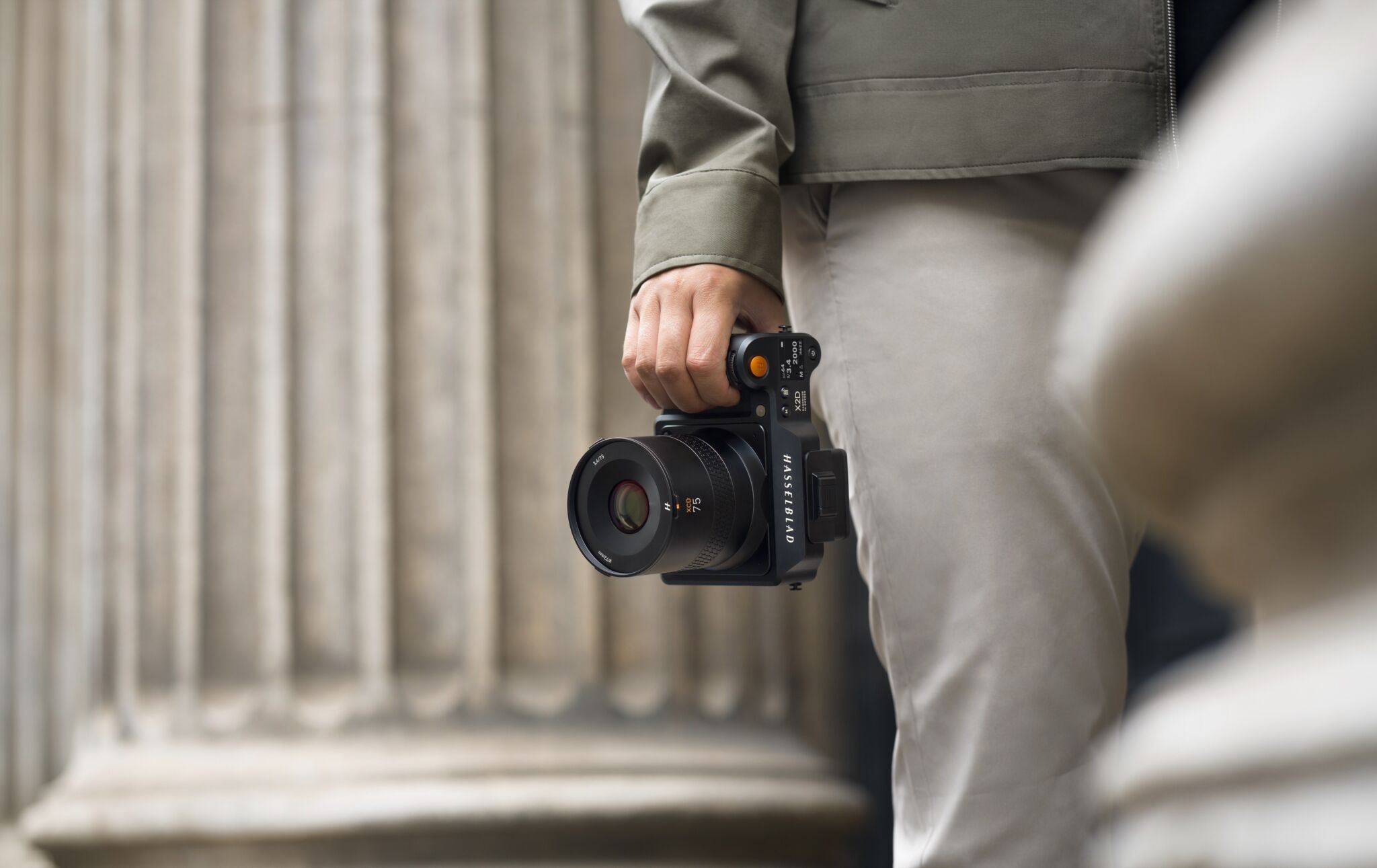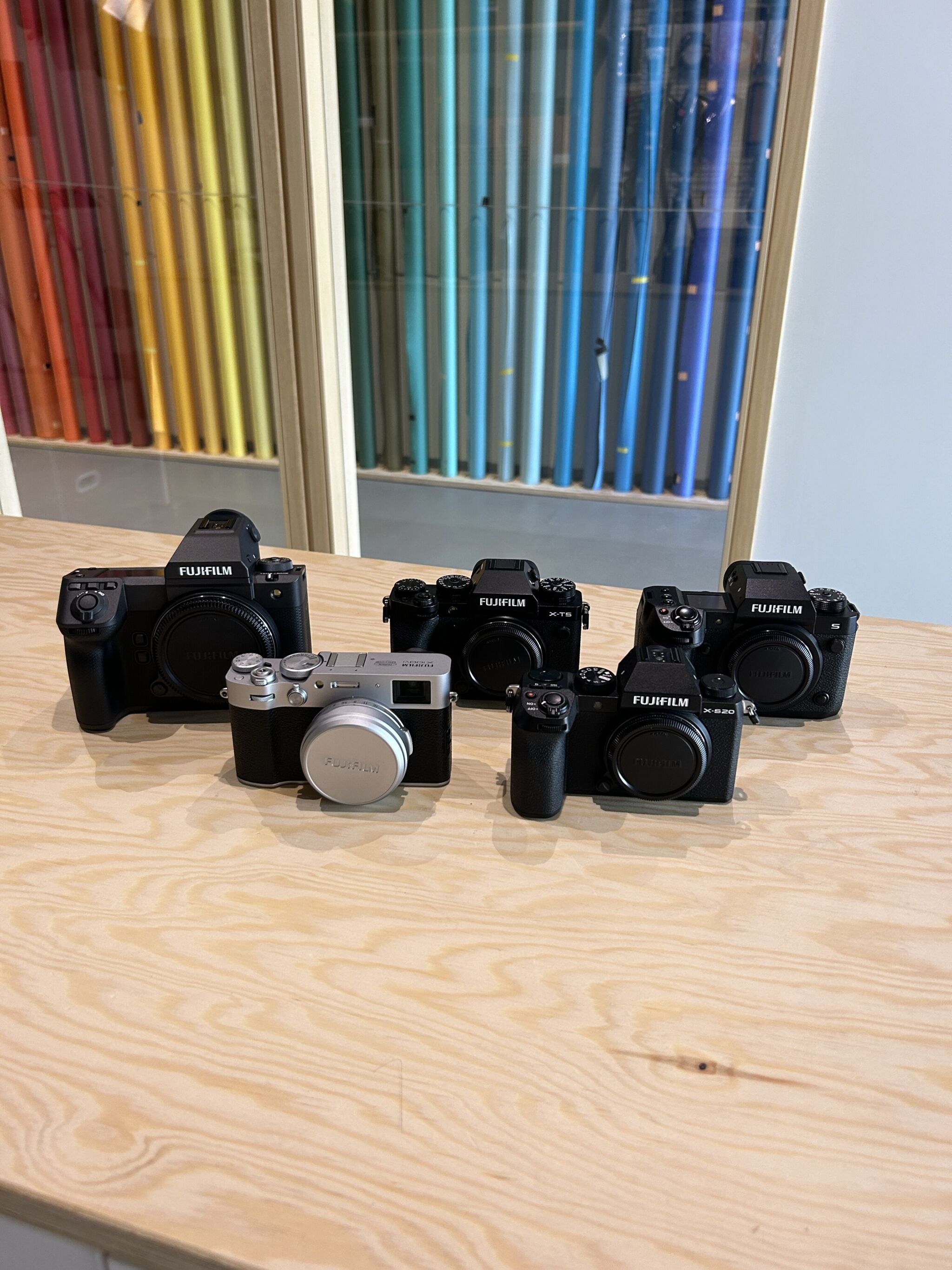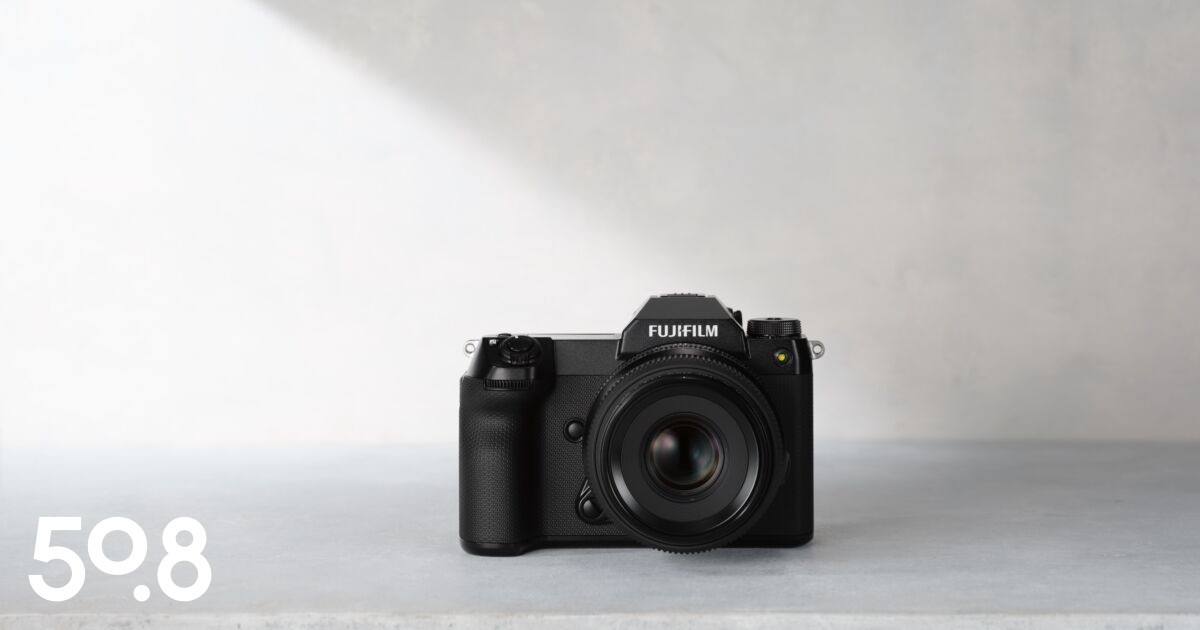Hasselblad has announced a new lens in its “P” series, the XCD 3,4/75P. This lightweight portrait lens boasts advanced optical design, a linear focusing module, and a compact central shutter. Discover the features of Hasselblad’s latest lens in this article.
On May 16, 2024, the X-Summit 2024 was held in Sydney, where Fujifilm unveiled the latest addition to its GFX range: the GFX 100S II, a new medium-format camera.
The GFX 100S II is the seventh camera in the GFX series, and the fifth to feature a 102 MPX CMOS sensor.
This article explores the features of the GFX 100S II compared with its predecessor, the GFX 100S, and the flagship GFX100II.
Discover the improvements made to this new camera, as well as a detailed comparison of Fujifilm’s three medium-format cameras.
Table of contents
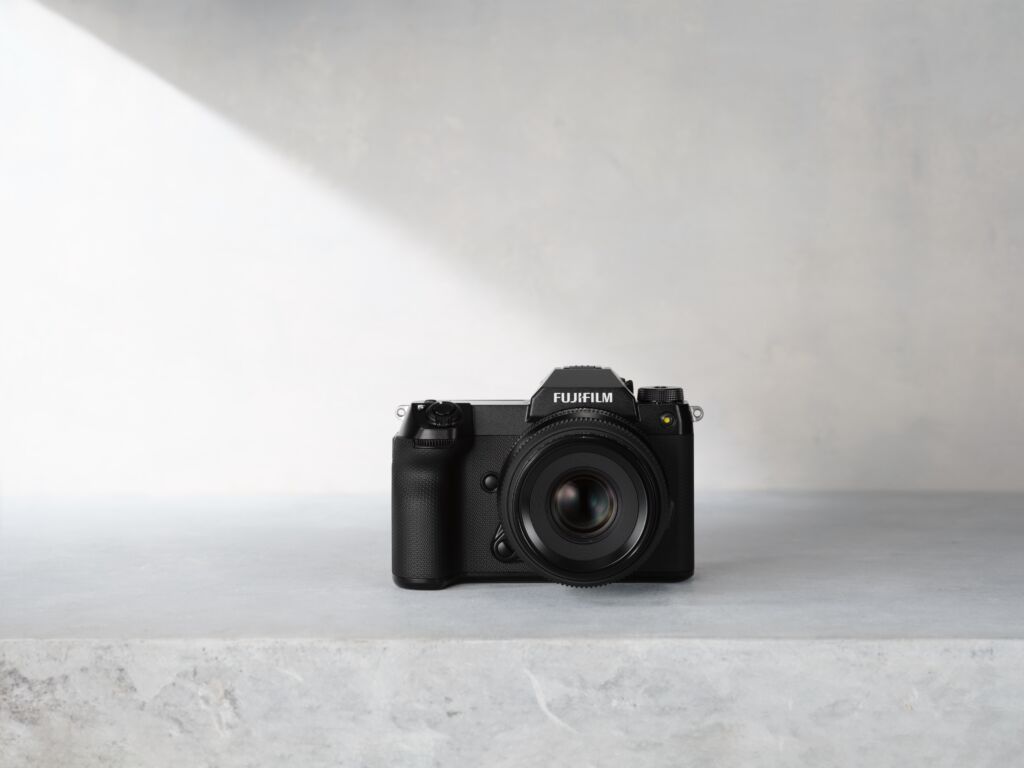
1. The new GFX 100S II: lightweight design, image stabilization and precise autofocus
The GFX 100S II is equipped with the large GFX 102 MP CMOS II sensor and the latest X-Processor 5, offering high-speed image processing power. Despite these advanced features, it distinguishes itself with its compactness, weighing approximately 883 g, making it the lightest camera in its category.
Compared to Fujifilm’s flagship model, the GFX 100 II, the GFX100S II retains many features while being smaller and lighter. This positions it as a compact camera, similar to its predecessor, the GFX100S.
Designed for both professional and amateur photographers, the GFX100S II represents an attractive hybrid camera option for those who want to access the GFX range while benefiting from an affordable, compact entry-level camera.
GFX100S II: the same image sensor as the GFX100 II
The GFX100S II features the same GFX CMOS II image sensor with 102 megapixels as found in the GFX100 II, offering remarkable image quality.
Additionally, it has a lower native ISO sensitivity (80 instead of 100), ensuring high-quality images even in low-light situations. There are also pixel improvements, ensuring superior image quality up to the edges of photos.
With its all-new high-speed image processor, the X-Processor 5, the GFX100S II delivers impressive resolution, a significant upgrade from the GFX100S equipped with the X-Processor 4.
This sensor revision and the addition of a faster processor improve readout speed, enabling the GFX100S II to capture photos in burst mode at a rate of seven frames per second, an outstanding performance in the medium format domain. This responsiveness allows for capturing fast-paced actions or ensuring not to miss a precise moment.
Image stabilization and improved autofocus
Fujifilm’s GFX100S II inherits the outstanding image stabilization system of the GFX 100 II. This new camera is equipped with an advanced IBIS 8.0 mechanism, providing up to eight levels of stabilization on five axes, a significant improvement over the IBIS 6.0 mechanism of the previous GFX100S model.
The GFX 100 S II is also equipped with an updated autofocus algorithm and AI-assisted subject detection. The same as in the GFX 100 II.

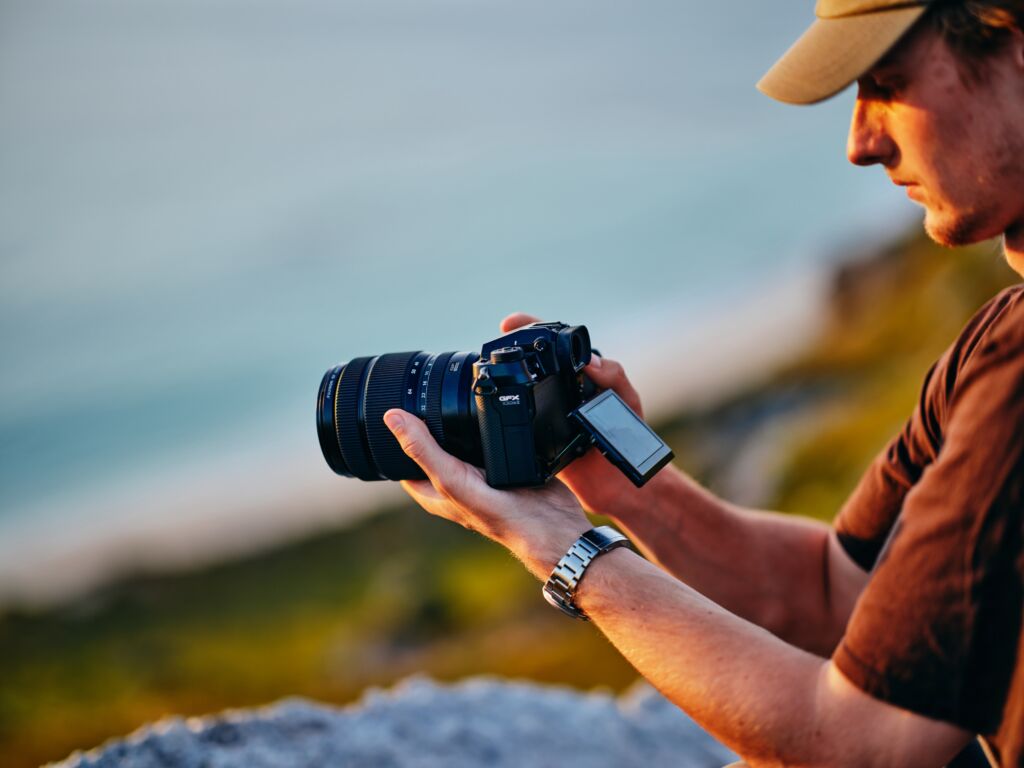
The Lightest GFX Camera from Fujifilm
The new GFX 100S II camera maintains its compactness, with dimensions of approximately 104 mm in height and 87 mm in depth, similar to previous models.
Its weight has been reduced compared to earlier versions, weighing approximately 886 g compared to 1000 g for the Fujifilm GFX100II and 900 g for the GFX100S, making it the lightest camera in the GFX series equipped with a 102 MP large format sensor. This feature ensures an ideal grip.
Regarding the camera body’s screen, the GFX100S II features the same 2.36-million-dot tilting LCD screen as the previous GFX100 II model.
Film simulation and RAW fusion for outstanding images
The GFX 100S II, like all Fujifilm digital cameras, offers a wide selection of film simulations, with a total of 20 options. In addition to the 19 simulations already present in the GFX100S, Fujifilm has added a new simulation called “Reala Ace”, as well as a Pixel Shift shooting function, which merges 16 RAW files to create a single 400-megapixel file.
The “Real Color” mode, meanwhile, combines four RAW images, each shifted by one pixel, to reduce chromatic aberrations in an enhanced 102-megapixel file. It’s important to note that both these modes require the use of specific computer software for processing, as this is not carried out directly in the camera.
3. Is the GFX100 II still better than the GFX100S II?
Although the GFX100S II has benefited from many similar technical improvements as the GFX 100 II, there are still some differences where the GFX 100 II retains its advantage.
-
Electronic Viewfinder
One of the most notable physical distinctions lies in the viewfinders. While the GFX 100 II features an impressive electronic viewfinder with a resolution of 9.44 million dots and 100% magnification, the GFX 100S II offers a viewfinder with 5.76 million dots and 84% magnification.
However, this setup is an improvement over its predecessor, the GFX100S, which has a viewfinder with 3.69 million dots and 0.77x magnification.
-
Video Performance
Another significant difference is in video capabilities. While the GFX 100S II records video in 4K/30p, similar to its predecessor, it cannot match the capabilities of the Fujifilm GFX 100 II. The GFX 100 II offers recording options in 8K/30p, 5.8K/30p, and 4K/60p, as well as internal recording support in ProRes (4:2:2 10-bit), features absent in the GFX 100S II.
This difference is partly due to the lack of a CFexpress Type B memory card slot on the GFX100S II, as well as having half the RAM compared to the GFX 100 II (64 GB vs 128 GB).
-
Shutter Speed
Finally, while the GFX100 II can achieve a burst rate of 8 fps with a mechanical shutter, the GFX100S II is limited to 7 fps. Additionally, with an electronic shutter, the GFX100 II can capture up to 5.3 fps compared to only 3 fps for the GFX100S II.
This difference is due to a smaller buffer capacity on the GFX100S II, limiting the mechanical burst to 337 compressed raw files compared to over 1000 for the GFX100 II.
Go for the GFX100S II
The GFX100S II is now available at a price of 5499€. Its price is lower than that of the other GFX system cameras, the GFX100II, priced at €7999, and the GFX100S, priced at €5999.
You can order the GFX100S II now on 50.8 Shop.
4. Technical specifications comparison
| GFX100S II | GFX100 II | GFX100 S | |
| Image sensor | 43.8mm×32.9mm GFX 102MP CMOS II with primary color filter |
43.8mm×32.9mm GFX 102MP CMOS II HS with primary color filter |
43.8mm×32.9mm Bayer matrix with primary color filter |
| Number of effective pixels | 102 million pixels | 102 million pixels | 102 million pixels |
| Image processing engine | X-Processor 5 | X-Processor 5 | X-Processor 4 |
| IBIS | 8.0 stops | 8.0 stops | 6.0 stops |
| Continuous shooting | 7 fps | 8 fps | 5 fps |
| Viewfinder EVF | 0.5-inch OLED color viewfinder (approx. 5.76 million dots) | 0.64-inch OLED color viewfinder (approx. 9.44 million dots) | 0.5-inch OLED color viewfinder (approx. 3.69 million dots) |
| Viewfinder magnification | 0.84x | 1.00x | 0.77x |
| LCD monitor | 3.2″ LCD touchscreen, tiltable (three directions) Color LCD touchscreen monitor |
3.2″ LCD touchscreen, tiltable (three directions) Color LCD touchscreen monitor |
3.2″ LCD touchscreen, tiltable (three directions) Color LCD touchscreen monitor |
| Maximum video resolution | 4K/30p | 8K/30p | 4K/30p |
| Film simulation mode | 20 | 20 | 19 |
| Battery life | Approx. 530 images | Approx. 540 images | Approx. 460 images |
| Face detection focusing | Yes | Yes | Yes |
| Dimensions | Width: 150.0mm Height: 104.2mm Depth: 87.2mm |
Width: 152.4mm Height: 103.5mm Depth: 73.5mm |
Width: 150.0mm Height: 104.2mm Depth: 87.2mm |
| Weight | 883g | 948g | 900g |
| Price | 5499€ | 7999€ | 5999€ |
| Availability | Available | Available | Available |
5. Is the GFX 100S II better than the GFX100 S or the GFX100 II?
In summary, while the GFX100S II presents significant improvements over its predecessors, it sacrifices some features and versatility compared to the GFX100 II, notably in the viewfinder and video modes.
Equipped with features such as a new sensor, a faster image processor, improved stabilization, and a more affordable price, it is an appealing option for professional photographers and passionate enthusiasts looking to enter the world of medium format photography while maintaining a relatively affordable and compact camera.
Although the final choice among the three Fujifilm GFX bodies depends on each user’s specific needs, the GFX 100S II stands out as a powerful and competitive solution in the field of photography.
Note that the Fujifilm GFX100S II is an interchangeable lens camera, like other GFX series bodies. It is compatible with all lenses using Fujifilm’s GF mount, such as the GF 45mm, GF 80mm, or the new GF 500mm. If you already use a GFX series camera, you can easily switch between models.






















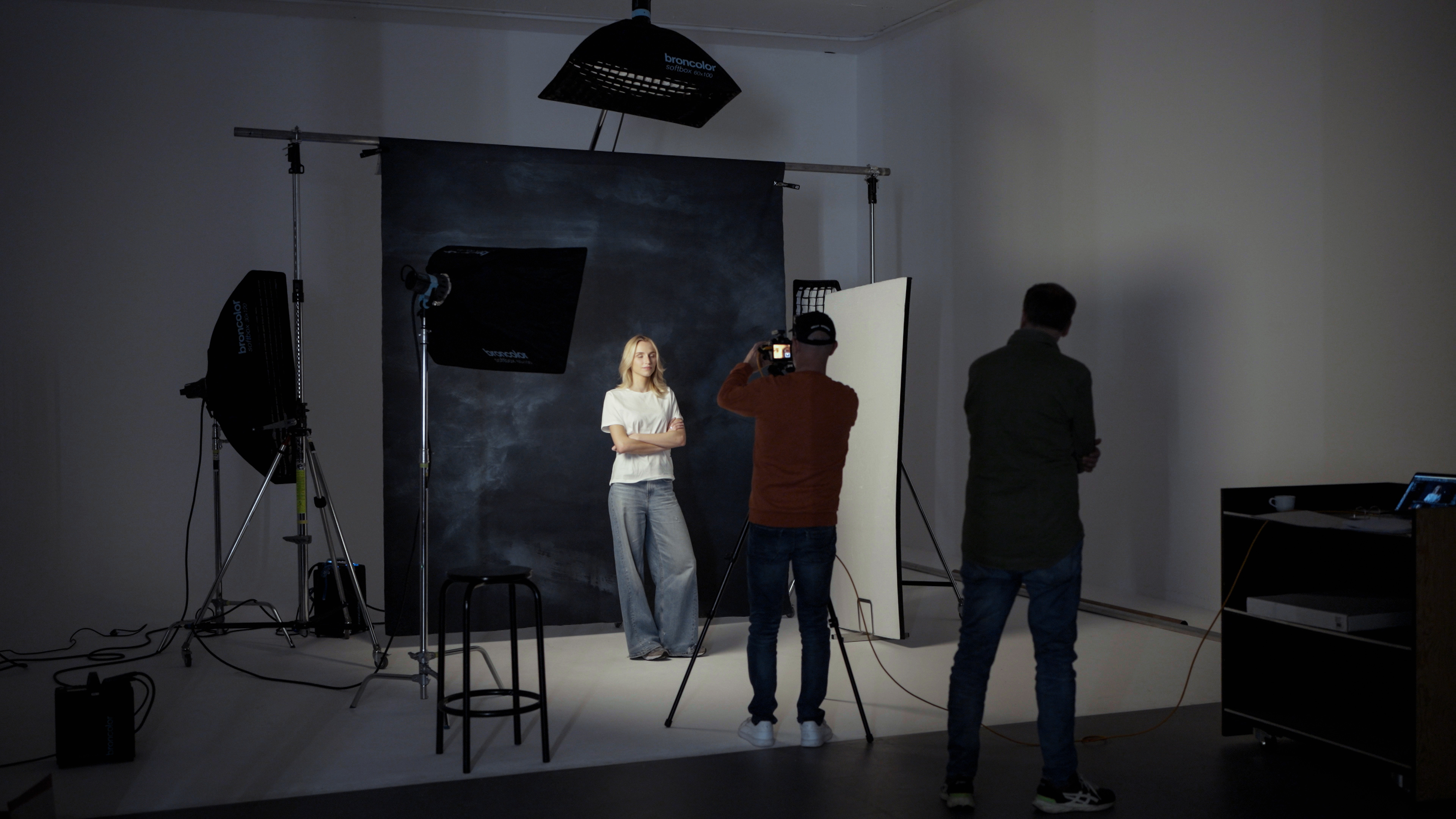

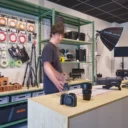
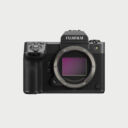 Photo
Photo 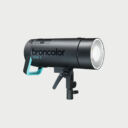 Lighting
Lighting 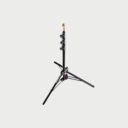 Tripods & Grip
Tripods & Grip  Digital
Digital  Bags & Cases
Bags & Cases 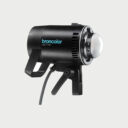 Continous lights
Continous lights 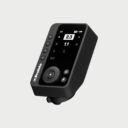 Transmitters
Transmitters 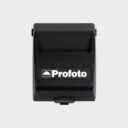 Accessories & Parts
Accessories & Parts 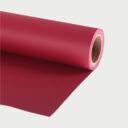 Accessories tripods & grips
Accessories tripods & grips  Monitors
Monitors 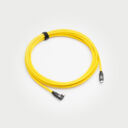 Cables & Tether
Cables & Tether  Portable power stations
Portable power stations  Sling bags
Sling bags  Rolling bags
Rolling bags  Organizers & Pouches
Organizers & Pouches 